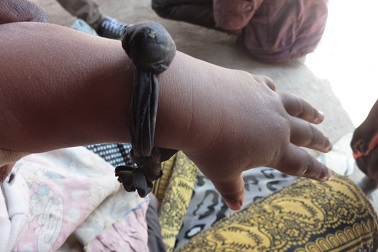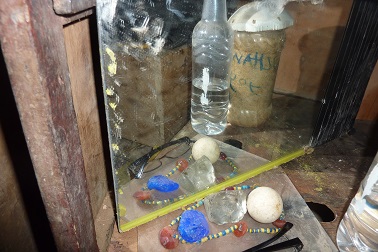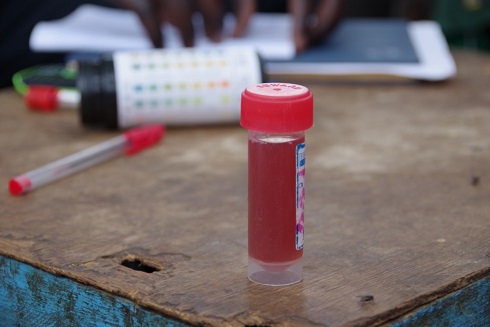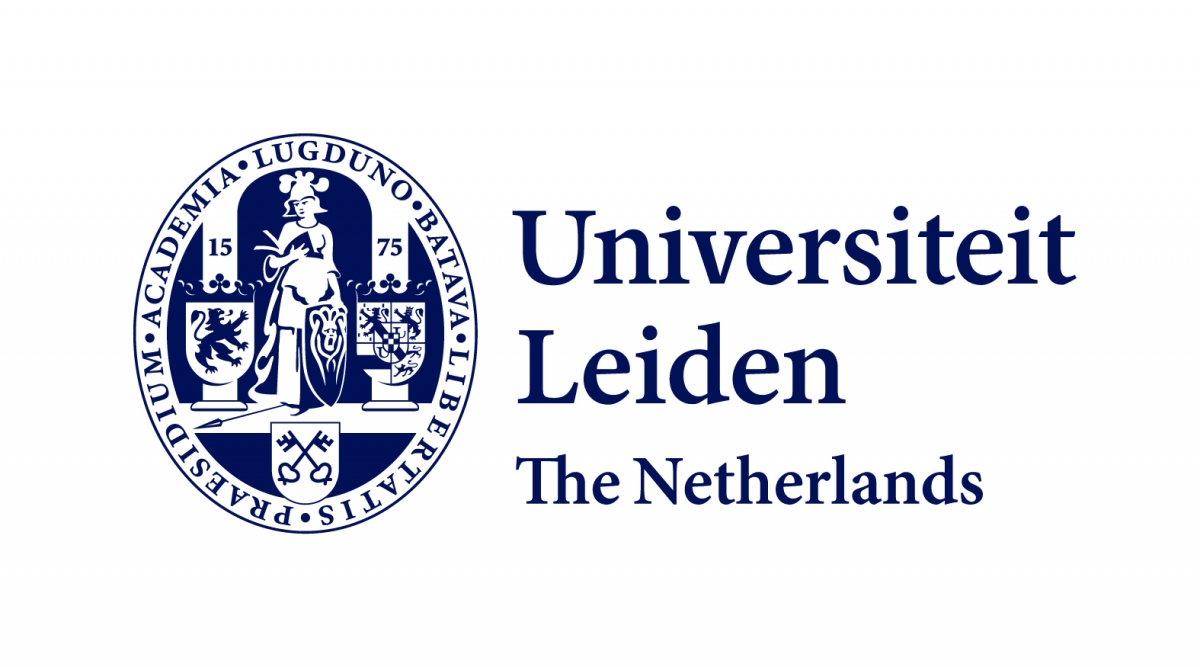Health and well-being: Dying institutions and new solutions

This blog has been written by members of the Collaborative Research Group Pioneering futures of health and well-being: actors, technologies and social engineering.
The study of health is not only about medicine, the body or illness, but also encompasses questions of value, organization, use and behaviour. In this Collaborative Research Group we want to develop the study of health and well-being from this angle.
Inventing new health solutions
One of the observations we shared during our first meeting in April 2018 was the idea that health institutions as they exist today in Africa seem to be dying. In all the studies of this CRG’s members the idea of a dying institution appeared: that is, an institution that no longer works, that increasingly receives a negative meaning or loses its value in society. At the same time, the strong will of people to find health and well-being transpires. They search for solutions and invent their own institutions. The question then is: what do people invent to replace those dying institutions and to rebuild a health institution that ‘works’. Here we describe two examples of studying health as having - cultural and social - value: the first (research done by Gitty Petit) relating to the use and understanding of material objects for healing; the second (research done by a.o. Mirjam de Bruijn and Sara Kleine Vennekate) relating to mobile technology used for improving health.
Case study 1
Protecting and healing in Dodoma, Tanzania
Dodoma is the growing capital of Tanzania and lies in the middle of the country in a semi-arid area. David, a young higher educated man, has a child that doesn’t feel well. There are different things he can do: he can go to the hospital, get medicines from the pharmacy, go to the shop with the traditional medicines (duka la dawa za asili), or to a shop with branded medicines made from herbs imported from other regions within Tanzania or even from Arabia.
 A piece of black cloth
A piece of black cloth
Another option is to go the traditional healer (mganga wa kienyeji), who is harder to find. A material object people use for protection or curing is ilizi, which is made by traditional healers. Most often it consists of a piece of black cloth with something, like the umbilical cord or elephant dung with garlic, in it. Strikingly, the majority of the young adults interviewed say they don’t go to a traditional healer and don’t use an object like ilizi, but they go to the pharmacy or hospital when they (or their young children) are ill, and some of them use herbs imported from their home town (not bought in a local shop in Dodoma). From that point of view, the traditional healer seems to be a dying institution in the city.
Protection of the house
 However, traditional healers can still be found, albeit in the more remote areas outside the city centre. People come to them for different things: health-related issues (from the flue or pain in the knees to miscarriages or not getting pregnant), but also protection of the house or retrieving stolen property.
However, traditional healers can still be found, albeit in the more remote areas outside the city centre. People come to them for different things: health-related issues (from the flue or pain in the knees to miscarriages or not getting pregnant), but also protection of the house or retrieving stolen property.
Contradiction?
It seems that to young people in the city, traditional healers are not an option to go to, because of their higher education or because their religion (Islamic or Christian) forbids it. Nonetheless, traditional healers are visited by young adults because of the diverse array of their services.
Case study 2
The burden of schistosomiasis in Torrock, Southern Chad
“You feel schistosomiasis when you have pain urinating, when the color of the urine is red and when you feel tiredness in your lower back. I had this. I don’t remember at what age. It is repeated during the dry season. This does not happen to you only once in your life, no. (…) It hinders you to be able to work. (…) It bounds me to my bed. I cannot move myself. (…) If he [an adolescent] has this disease (…), he cannot do the same he did before anymore; work on the land, herd the animals and go play with his friends.”
Student, 33 years, Torrock, Southern Chad (Interview on 12/09/2018 by Oumar Abdelbanat)
“I remember my aunt’s child who was 7 years old when he was very sick from schistosomiasis. (…) He received therapeutic roots but they have not cured him. One night it was awful. He couldn’t even pee anymore. When he sat down, his whole underwear was full of blood. It was urgently looked for a driver to take him to the hospital, but they haven’t found one. During that night, the child cried a lot because he had pain. Then he died, nothing could be done. I think of this, it makes me feel bad (…)”
Teacher, 40 years, Torrock, Chad (Interview on 13/09/2018 by Oumar Abdelbanat)
 Easy cure and prevention
Easy cure and prevention
These examples show how schistosomiasis implies outrageous suffering, a worsening state of illness. However, the disease is in most cases asymptomatic (i.e. presenting no symptoms of disease) and not disabling, which poses additional challenges in treating patients, especially children, at an early stage before it may result in severe pathologies such as liver and kidney failure or bladder cancer. A huge number of people are affected, predominantly in Africa, while the cure and prevention can be easy.
SMS-technology
In Chad, the failure to treat these people is a symptom of the dying public health care system. The Dawa Mobile Health project is reviving the health care system. The pilot project adopted an m-health approach, based on SMS-services, to organize the detection, treatment, and prevention of the disease by reaching out to remote villages. Local health workers, personnel at an equipped laboratory, and a doctor communicated through SMS-technology. The pilot project was very successful and many children were cured. In the next phase, the SMS-system was combined with a mobile laboratory bus visiting remote health centers and offering additional laboratory tests as well as e-ultrasound.
Map the disease
We plan to expand this project with health promotion. This will empower people to make healthy choices. Additionally, the population will test their water and map the disease in order to understand how to break the transmission cycle and prevent (re-)infection (i.e. citizen science). Another bigger step we work on is research on how to strengthen the health care system with frugal e-health innovations. The mobile phone can be the bridge to a better infrastructure. It can turn into a health care agent to revitalize the health system and re-establish quality of life. A simple phone call can save a life, a simple SMS can improve it.
Concluding: Modern health care gaining ground?
These two examples may give the impression that ‘modern’ health care is gaining ground, but is that really so? In the case of urban Dodoma, Tanzania, objects are not disappearing and it remains a question if people will really ‘replace’ it by the pharmacy, and if so, for what illnesses. In the case of the treatment of schistosomiasis, the idea of m-health has not yet really taken root, but it is a promising experiment that institutionalizes health care in a system where mobility fills the gap created by the absence of well-equipped hospitals.
Top photo: Dawa M-Health Project in action. Photo from their Facebook page.
Photo left: Ilizi. Photo by Gitty Petit.
Photo right: Mirror and stones used by traditional healer for detecting problems. Photo by Gitty Petit.
Lower photo: Urine laboratory sample. Photo by Mirjam de Bruijn.
This post has been written for the ASCL Africanist Blog. Would you like to stay updated on new blog posts? Subscribe here! Would you like to comment? Please do! The ASCL reserves the right to edit, shorten or reject submitted comments.


Add new comment